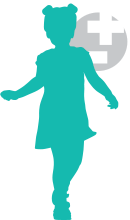Component 4: Measurement, Comparison, and Ordering
Standard 4.a: Children learn to measure objects by their various attributes to make comparisons.
By the following age ranges, children typically, for example:
- Explore the size and shape of objects through various means (banging, mouthing, dropping, etc.)
- Explore volume as they wrap their fingers around an object or around an adult’s finger
- Explore weight as they pull a toy toward themselves
- Explore speed by moving hands or legs

- Notice large differences in size between two objects (e.g., pointing to the bigger ball)
- Begin to use such words as “big” and “more” to describe sizes or amounts
- Explore relative size by trying to squeeze a large object into a smaller container (e.g., putting a doll into doll stroller and then trying to fit themselves into the stroller)
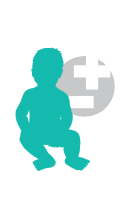
- Use words such as “big,” “small,” and “more” to indicate differences in quantity
- Understand and use general measurement words, such as “big” and “hot”
- Recognize when their food bowl is empty and gesture to indicate that fact, or say “more” or “all gone”
- Find and point to small objects (e.g., the tiny mouse on the pages of Goodnight Moon)
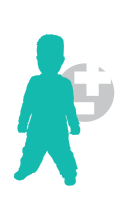
- Compare small quantities (e.g., knowing that “two” is more than “one” or choosing the larger bowl for cereal over the smaller one)
- Know the sequence of some parts of their daily routine
- Use language to compare the sizes of objects (e.g., “big” and “little”; and “mommy,” “daddy,” and “baby”)
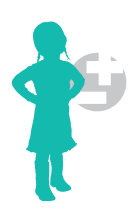
- Compare two small sets of objects (five or fewer)
- Make small series of objects (e.g., putting three or four objects in order by length)
- Recognize differences in measurable attributes by direct comparison measuring (e.g., when trying to pour the same amount of juice into three cups, looking to see if one cup has more than the others)
- Use multiple copies of the same unit to measure (e.g., seeing how many “building blocks high” a pillow fort is)
- Use comparative language (e.g., “shortest,” “heavier,” “biggest”)
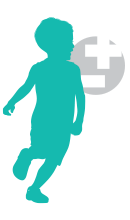
- Order (or seriate) four or more items by decreasing or increasing a relative attribute when differences are perceptually clear (e.g., arranging a rock collection from the largest to the smallest)
- Use some appropriate tools to measure different attributes (e.g., choosing a scale for weight and a cup for volume)
- Use measurement language to describe the attributes of objects(e.g., “This is three-blocks long.”)
